210 Views
Pattern Primer Volume 1

by
Blindsgalore
(IC: professional)
Patterns besiege us wherever we look, which invoke moods, memories, styles, always reflecting a design sensibility. Many patterns evolved through history and now dominate how we dress ourselves and our homes and how we make sense of our lives. Modern interpretations of these conventional designs continue to spark and inspire us with a vitality of color and form.
The cabana wide stripe evokes the beach, sand and surf and is named for the shady hut dotting tropical beaches and pools. Thanks to Coco Chanel, a French fashion icon, who popularized stripes as a nautical, chic fashion statement.
Caning is a pattern derived from the design of tightly woven cane strips, formed in a distinctive geometric pattern. The original cane used in furniture design was made from thin, woody rattan stalks that were woven together for function. Our fascination with tropical fabrics, wicker furniture and organic shapes has inspired the caning pattern for decor.
The Chevron is an inverted V shaped pattern but has changed into the popular zig-zag stripe that continues to be trendy. Chevrons date back to as early as 1800 BC on Greek pottery and in America, this motif appeared in early Native American Art and continues to be re-imagined by artists and designers.
A harlequin is a combination of characters from French Passion plays to devilish characters from Dante’s “Inferno,” to Italian plays where the character became a clown-like figure, wily, nimble and sly. He was usually masked, wearing multi-colored, diamond patterned clothes; thus, today’s meaning of the word as varied in color or decoration.
Yes, this pattern derives from “bones.” This design resembles the skeleton of a fish (the herring) as the pattern is an arrangement of rectangles or parallelograms lined up in a skinny shape. Herringbone creates many design possibilities and many new, imaginative interpretations…way better than a boring Brooks Brothers suit!
Houndstooth is a pattern of abstract, jagged checks, arranged in an off-center 4 pointed shape. Houndstooth comes to us from the highlands of Scotland and was worn by different clans. I always think of Sherlock Holmes sporting his unique detective hat of Houndstooth.
Ikat is so trendy today, so I am including it as it is really a process of tying threads, dying and weaving different colors of yarn to create the ikat pattern. Ikat is not tie-dyeing as an ikat design is created within the fabric, resulting in a muted, multi-colored, intricate pattern.
Ogee is another pattern making a comeback. In architecture, moldings in an ogee shape are formed like a pointed arch, resembling a curvy letter “S”. The easiest way to think of ogee is a pattern that mimics the shape of an onion, a diamond squeezed at each end and then rounded in the middle.
Quatrefoil comes from the decorative pattern that was used in Gothic architecture which consists of four circles that partially overlap: a four leaf clover shape is the best way to visualize this pattern. The word actually means 4 leaves. This classic Italianate door is an impressive quatrefoil design.
Enjoyed the project?
Published September 16th, 2014 5:43 PM



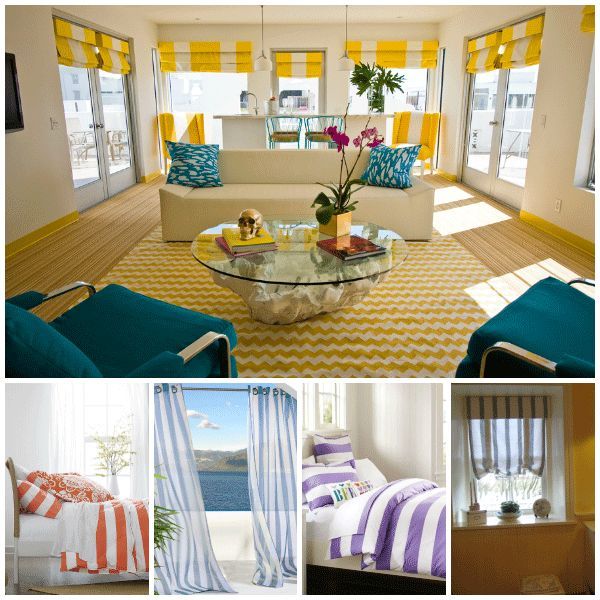















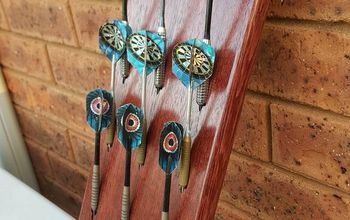
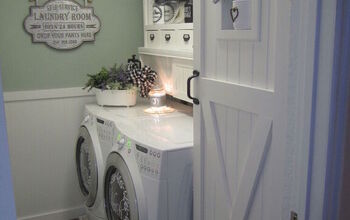




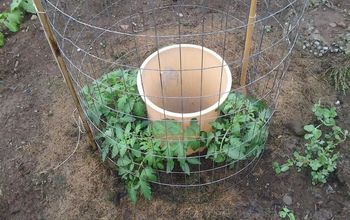


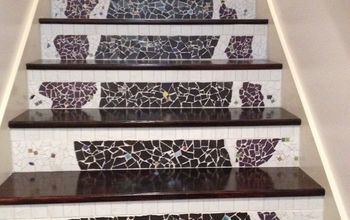
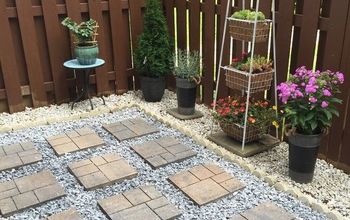





Frequently asked questions
Have a question about this project?